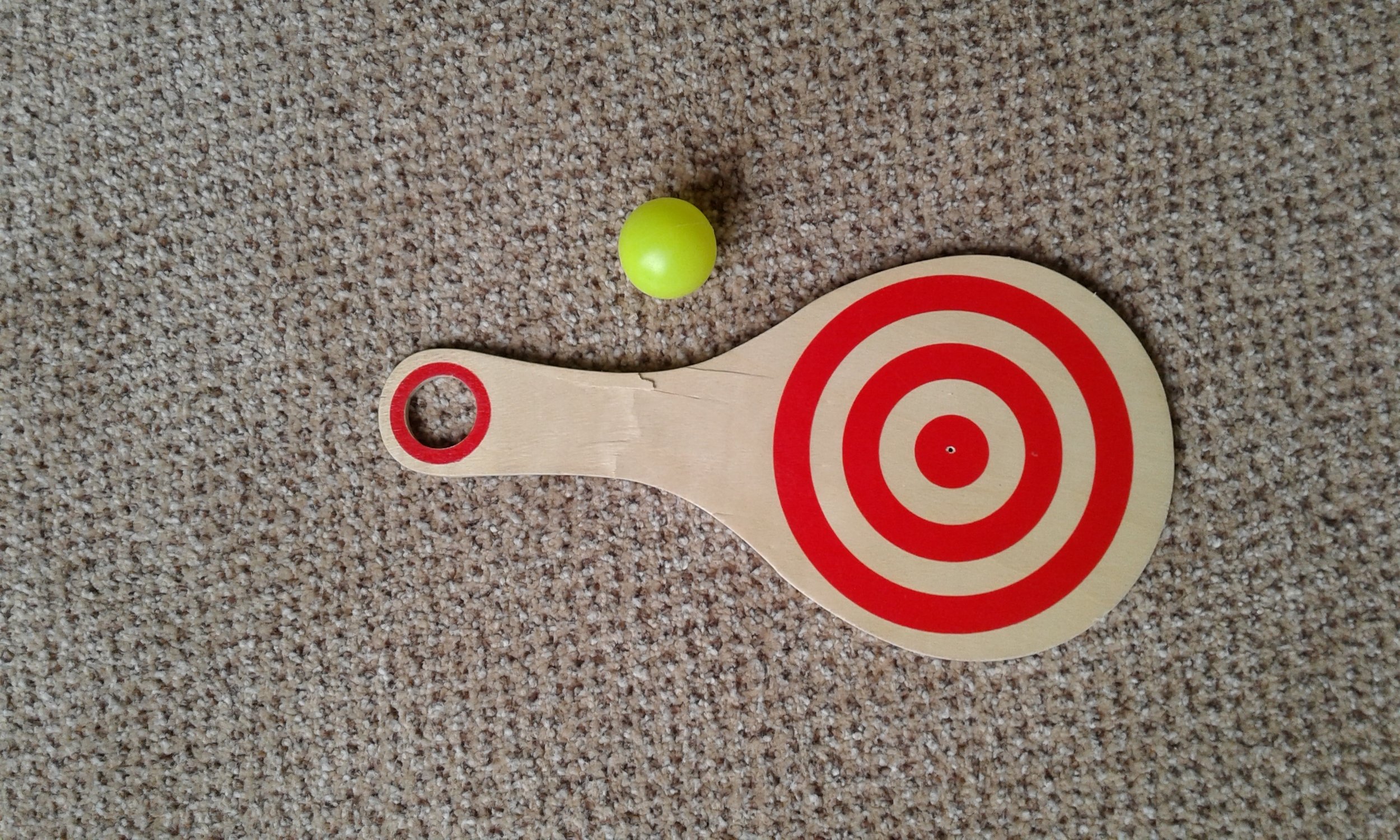Now for the very good news. Since we now understand that PD is principally a problem with the Nervous System, it is entirely possible that we can pro-actively prevent further degeneration, and even regain what we've already lost, because Vagal Tone can always be improved, neurons regenerated, neural pathways re-written, and senses retrained
Read MoreRelationships and Parkinson's Disease
This series of articles includes many self-help tips on how to potentially improve/prevent further atrophy of the cranial nerve functions, to try to increase “vagal tone”. The hope is to delay, or even reverse, the losses of facial expression, light in the eyes, melody in the voice, and ability to listen, all of which can impact significantly on other people’s chances at being able to relate to us, as well as our own ability to read with veracity the social cues coming from others.
Read MoreThe Cranial Nerves and Parkinson's Disease
I am currently researching the Cranial Nerves and their functions. My interest in this area was piqued because many of the major and common symptoms of Parkinson's Disease are not properly explained by just the "death of dopamine producing cells in the Substantia Nigra" scenario. However, I do believe that the atrophy of the Cranial Nerves in people with Parkinson's (PwP) does very straightforwardly explain most of the main secondary symptoms, and in a very common sense way.
Read MoreLoneliness, Social Isolation, Estrangement and Parkinson's Disease
"The single biggest predictor of rate of Parkinson's progression is if you answer true to 'are you lonely'?" This finding by Dr Laurie Mischley, who monitors the progress of symptoms of more than 1500 people with Parkinson's Disease is perhaps one the most tragic aspects of the disease in our modern society, in which we people with PD may find ourselves heading toward this outcome by default. Indeed, I have lost count of the number of people with PD who have said something to me along the lines of "my friends and family have abandoned me/don't visit/lost touch". The negative feedback loops between loneliness and disease progression can be one of the most vicious circles of PD. I speak from personal experience also, because at my lowest point, I too had become very isolated, virtually alone in the house and barely going out.
Read MoreHands, Fingers and Parkinson's Disease
I have done a lot of hand/finger stimulation and experimented to optimize such exercises, in the spirit of Curiosity and Play. I've personally found significant benefit in pursuing this line of research. Indeed, I have managed to recover a lot of my independence and quality of life through hand and finger therapy, and I know just how much of a major part it has played in my own progressive symptom reduction.
Read MoreSocial Engagement and Parkinson's Disease
Recently, I described how the "Polyvagal Theory" of Dr Stephen Porges not only provides an elegant explanation for Parkinson's Disease and all its symptoms, but also suggests the actions we can take towards healing. Here, we return to this Nervous System (NS) dysfunction perspective of PD, and explore further how it informs us about what we can do to progressively decrease our symptoms.
Read MoreBat and Ball Therapy for Parkinson's Disease
A simple bat & ball set was just about the first thing I bought when I started exploring toys which could help me unlock movement to start pushing back my Parkinson's Disease symptoms. Once I began to play with them while my PD drugs weren't working - in an "off" state in which I didn't have my much access to movement - it was a complete revelation! The shear degree of movement that suddenly came back in just playing "keep it up" with the bat and ball was a joy, especially in terms of neck movement and core rotation. The fact that while I was doing it, much of my other symptoms (rigidity, unfocused eyes, breathing problems, pain) went away, at least in the moment of play, was massive in re-thinking about my condition, and how to live well with it.






